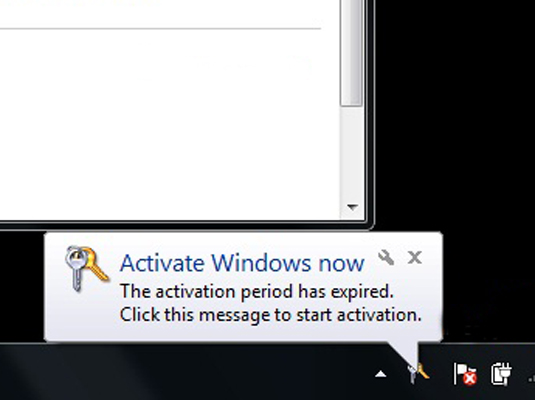


There are three components that make up the pattern. Model-View-ViewModel or MVVM is a design pattern for separation of UI development and back-end development in a user-facing application. For this reason, code that would normally appear in the Code Behind classes will instead go in ViewModel classes. Quick Tip: In this tutorial, we are going to keep as much code as we can outside of the Code Behind because we will be using the MVVM pattern. It resembles Windows Forms with its employment of XAML for user interface development and C# Code Behinds for every view.

For the past decade, WPF has been a best-choice subsystem for developing Windows Desktop applications with C# and the. The code example that we are going to run through together is written using Windows Presentation Foundation or WPF. To start, we’ll give a brief definition of those languages and then we’ll dive into the process. The star player here is PubNub’s real-time messaging API, which allows clients, or servers, to fire real-time signals to one or many devices, anywhere in the world.įor this tutorial, we'll be using a variety of coding languages and jargon. If you’re developing a Windows Desktop application using C# and WPF, Windows Forms, or UWP, this guide will walk you through building the front-end and back-end code for desktop notifications with the MVVM design pattern. Programs need to alert users of back-end signals, or messages from other users, as they happen. Have you noticed, desktop notifications have become a necessary feature in real time, event-driven applications. This guide will walk you through building the front-end and back-end code for desktop notifications with the MVVM design pattern.


 0 kommentar(er)
0 kommentar(er)
